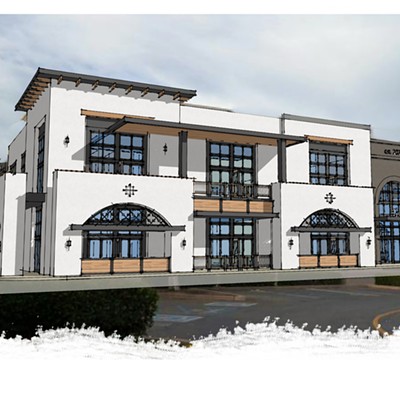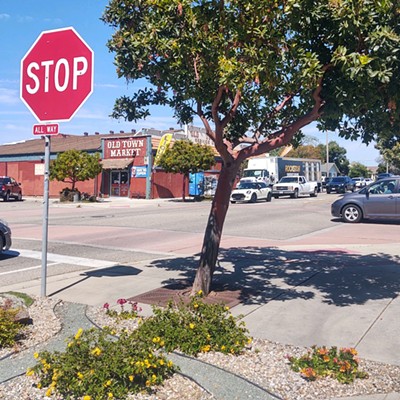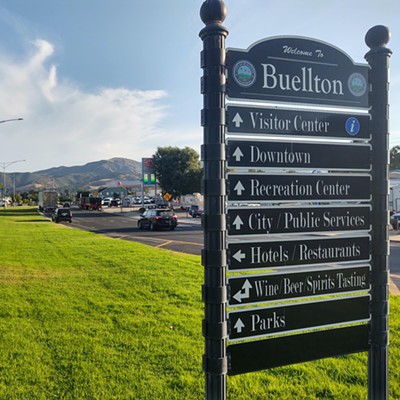The Santa Barbara County Planning Commission unanimously approved new greenhouse gas emissions thresholds in the county’s Energy Element to meet its Climate Action Plan goals. However, several commissioners shared concerns about frequently changing the metrics.
The 2030 Climate Action Plan aims to reduce greenhouse gas emissions by 50 percent below 2018 levels by 2030—a change from the county’s previous goal of a 50 percent emissions reduction from 2007 levels. The changes also modify the county’s 2015 Energy and Climate Plan.

According to the county, the plan exists to help the community reduce its emissions and become more resilient in the face of the effects of climate change.
“The Thomas Fire and the debris flow event in Montecito brought into sharp focus that climate change—once a distant and abstract concept—has local impacts,” the Climate Action Plan reads. “The Thomas Fire was considered the largest wildfire in California’s history at the time. Six years later, it now ranks only as the eighth largest. That fact underlines the need to take aggressive action to reduce GHG [greenhouse gas] emissions while increasing community resilience and preparedness, sooner rather than later.”
The changes before the Planning Commission during its May 3 meeting included two parts: a change in the greenhouse gas emissions thresholds for projects going through the planning process and adding a checklist to make a more streamlined environmental review and approval process, Long Range Planner Ben Singer told the commissioners.
“CEQA [California Environmental Quality Act] allows and encourages jurisdictions to adopt thresholds because they make the analysis much easier,” Singer said.
The interim greenhouse gas emissions threshold sits at 3.8 metric tons of carbon dioxide equivalent per employee or resident of a project. The new thresholds now vary between project types and lower the levels overall—with 2.68 metric tons per resident in residential projects, 2.63 metric tons per employee in a commercial project, and 2.67 metric tons per service population in a mixed-use project that includes residential and commercial.
“If emissions are less than the thresholds, it’s assumed to have less than a significant impact and we don’t need to do analysis. We need to apply mitigation measures if a project exceeds the thresholds,” Singer said.
While the adjusted thresholds are lower than the interim 3.8 metric-ton threshold, Santa Barbara County still has a stricter, more challenging goal than the state—which mandates that jurisdictions adopt greenhouse gas reduction strategies, he said.
“The state was the catalyst, but the board [of supervisors] has taken it above and beyond as part of our county One Climate Initiative,” 4th District Commissioner Roy Reed said.
Several members of the public have “felt puzzlement” regarding the changing baseline of the county’s emissions goals, Reed said, comparing the changes to playing in a football game while the scrimmage line, goal posts, and field’s length repeatedly changes.
County staff responded to Reed’s concerns by saying that the Board of Supervisors had already approved the greenhouse gas emissions goal—it was up to the Planning Commission to adopt the language changes.
“This is perhaps an imperfect but necessary action to approve this,” Reed said. “Since it does influence all people in the county, it would benefit [from] more public education and outreach. The website materials, when you know where the website is, I think is excellent, but I think most of the public is … unaware of the resources and reasoning behind these actions.”
Both 1st District Commissioner C. Michael Cooney and 5th District Commissioner Vincent Martinez agreed with Reed, adding that more public engagement would be beneficial since it impacts their lives.
“I am not a big fan of moving the goal,” Martinez said, “and I’m concerned about the feasibility of when you move the goal or any effort to address that.”












